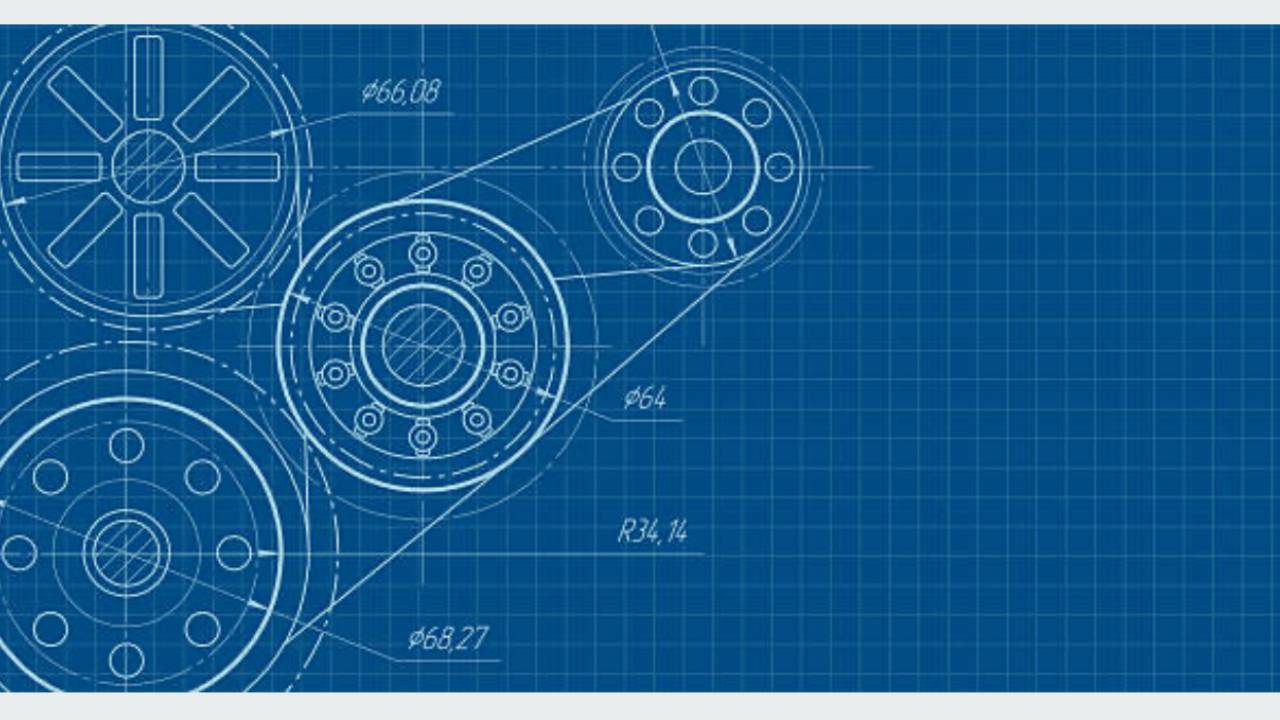Your 2026 Plan: The Most Grounding Thing You Can Do for Your Business and Your Life
Oct 24, 2025
Most people plan to stay in control, but I plan to feel grounded. When you know what’s ahead and how you’ll move through it, your body relaxes and your mind quiets. Planning is not a corporate exercise; it’s an act of self-alignment. It replaces anxiety with clarity and overthinking with direction.
I’ve built plans for hotels, spas, and global brands for years, but the truth is, this process transforms individuals too. It bridges the space between chaos and calm, between ambition and intention. Whether you’re building a business or refining your personal path, this is how you set the tone for 2026.
Start before December 1. Give yourself the grace of walking into next year with intention, profitability, and a sense of stability that feels earned.
Start with a theme
Choose a word that captures how you want to move through the year ahead. Expansion. Refinement. Restoration. Freedom. Profitability. Stability. Your theme isn’t a slogan; it’s a signal. It becomes the emotional and strategic filter for everything you decide.
If your theme is Expansion, maybe you’re creating new offers or partnerships. If it’s Refinement, you’re streamlining and elevating what already exists. If it’s Profitability, you’re learning to grow smarter, not just bigger. If it’s Restoration, you’re reclaiming your time, energy, and peace. Choose what feels true and let it guide everything that follows.
Define your anchors
Anchors are the elements that hold your plan steady no matter what shifts. They might include revenue goals, growth milestones, project timelines, or personal priorities that make you feel whole.
Anchors create stability and keep you from reacting to every new opportunity or distraction. When you know your anchors, you make decisions from strength, not scarcity.
Structure by quarter
You don’t need to predict every detail; you just need rhythm. Break your year into four quarters and give each one a distinct purpose.
For example:
-
Q1: Clarify and Position
-
Q2: Build and Execute
-
Q3: Expand and Optimize
-
Q4: Reflect and Realign
This framework brings flow without rigidity. Each quarter builds naturally on the last, allowing you to measure growth, track profitability, and maintain forward movement with focus and ease.
Design your financial clarity
Profitability thrives on direction.
Map out three figures that define your year:
-
Baseline: The minimum level that keeps you secure and sustainable.
-
Goal: The amount that supports steady growth and healthy reinvestment.
-
Stretch: The number that transforms what’s possible.
Then connect each quarter to these outcomes. Identify what supports them—offers, clients, systems, or collaborations. Align business growth with personal wealth goals so both expand together.
Money isn’t the point, but it is the mirror. It reflects clarity, boundaries, and intention. When your plan accounts for both financial and energetic profit, stability becomes second nature.
Integrate time, energy, and emotion
Write down what you want to do with your time, how you want to feel, who you’ll help, and how. Then map your daily, weekly, and quarterly rhythms around those answers.
Let your calendar reflect what actually matters. Replace constant activity with meaningful productivity. Build space into every part of your year—space to think, to create, to recover.
This natural breathing room keeps you consistent and creative. Stability doesn’t come from working harder; it comes from working in alignment with your energy.
Create focus pillars
Instead of chasing attention, build around focus. Choose three to five pillars that will guide your growth.
For a business, they might be strategy, innovation, client experience, operations, and profitability.
For a personal brand, they might be creativity, connection, wellness, purpose, and growth.
Each pillar supports your stability. Every decision, investment, and opportunity should reinforce one of them. When you focus your energy, profitability follows naturally.
Keep flexibility alive
A profitable, stable business still needs room to breathe. Build elasticity into your framework. Leave space for new ideas, evolving partnerships, and inspired redirection.
Flexibility doesn’t threaten growth—it sustains it. It allows your plan to expand without breaking. When structure and freedom exist together, your business matures with grace and your life feels lighter.
Make it visual
Bring your plan to life where you can see it.
Create a one-page visual map that includes your theme, anchors, quarterly focuses, financial goals, focus pillars, and key growth intentions. Keep it visible in your workspace as a daily reminder of direction and possibility.
Review it monthly, track your profitability, and celebrate small wins. The more you interact with your plan, the more it becomes muscle memory—your daily rhythm instead of a forgotten document.
Reflect and refine
At the end of each quarter, pause to reflect. Ask yourself:
-
What worked beautifully?
-
What created growth or profit?
-
What drained my energy or resources?
-
What deserves more attention or structure?
-
How did I show up for my business and myself?
Reflection creates stability by turning experience into wisdom. It’s how you evolve with awareness instead of urgency.
Begin before December
Set aside time now. Make it meaningful. Pour a coffee, light a candle, and open a blank page.
Write down what you want to do with your time, how you want to feel, who you’ll help, and how you’ll grow. Outline your quarters, set your anchors, and map your goals. Keep it simple and soulful.
The calm you’ll feel isn’t from control; it’s from clarity. When profitability, growth, and stability move in harmony, you stop chasing balance and start living it.
A plan built from peace creates results that last.






